Achieving an overall DxOMark Mobile Score of 78 points, it ranks just behind its predecessor, the Mi 5 (79 points). (Click the link to read our full review for the original Mi 5.) Although the Xiaomi Mi 5SPlus offers a dual-camera setup with two 13Mp sensors to improve image quality during processing, the dual-camera system doesn’t activate automatically in default mode.
In line with our mobile testing protocols, we test only in default mode, which may go some way towards explaining the Mi 5SPlus’s lower score compared to its predecessor. Xiaomi’s latest device performs slightly better for still photography, for which it achieved an overall Photo sub-score of 80 points, recording good dynamic range in HDR-activated images, vivid color in bright light, as well as generally stable and accurate autofocus performance.
For video, the Mi 5SPlus achieves a slightly lower Video sub-score of 74 points, with its strong points being good target exposures in bright light, pleasant color rendering with accurate white balance in most lighting conditions, and good detail preservation.
Outdoor: Low noise in textured areas
Shooting images outdoors, or in bright-light conditions, the Xiaomi Mi 5SPlus is capable of many excellent exposures, with good contrast, vivid color rendition, and accurate white balance. When its HDR mode activates automatically, it records reasonably good dynamic, although in some high-contrast scenes, HDR often fails to activate, resulting in a loss of detail in both the highlights and shadows. The Xiaomi Mi 5SPlus renders generally vivid and pleasant colors in outdoor images, too, although some color shading is evident, with a noticeable shift in color between the edges and the center of the frame.
The Xiaomi Mi 5SPlus sometimes also records an orange colorcast in outdoor exposures shot in very sunny conditions. In bright light, it displays low levels of noise in textured areas, with smoother results than some of its competitors. This is at the cost of some fine details, however, which can be relatively weak in complex areas.
Indoors: Bright exposures in better light
When shooting images indoors or in low-light conditions, the Xiaomi is capable of some good target exposures using brighter light sources, but image brightness is a little inconsistent. In extreme 5- and 10-lux low-light conditions, images are underexposed, and using the same ISO 6400 and 1/12-second exposure time for both lighting conditions, images at 5 lux are pretty dark.
Images are much brighter with more saturated color using stronger 100 and 500 lux light sources — although they’ve arguably gone the other way, with slightly overexposed images. In brighter low-light exposures, overall color rendition is good with mostly acceptable white balance. A slight pink colorcast is visible on shots captured under tungsten light sources, however, with the Xiaomi Mi 5SPlus recording a more cyan effect under fluorescent light sources; both colorcasts can adversely affect the color accuracy of skin tones. Although some noise is noticeable on low-light images, it’s better controlled, particularly in textured areas, compared to the Mi 5 and some other main competitors. Better noise control comes at the expense of losing some fine details, however, and on some occasions we recorded quite blurry pictures in low light.
Details: Explaining the score
Exposure and Contrast (85)
Some pleasant outdoor and HDR exposures, together with some accurate exposures shot under quite bright indoor conditions, helped the Xiaomi Mi 5SPlus secure a good overall score for Exposure and Contrast. When the device’s HDR mode kicks in automatically, it records tricky high-contrast scenes with a good range of tones, but it often doesn’t activate HDR when needed, resulting in a loss of detail in both highlight and shadow regions. In very low-light conditions (20 lux and below), images are underexposed; and in extreme low-light 5 lux, they’re very dark.
Color (80)
Generally vivid and pleasant color with mostly acceptable white balance in outdoor images ensured a good score for color. The Xiaomi Mi 5SPlus lost some points due to a noticeable orange colorcast in images shot in bright light, and because some color shading occurs in all lighting conditions. A slight pink color cast also occurs on images shot under a tungsten light source, but these colorcasts are much milder than the strong orange cast outdoors. Indoor images shot with fluorescent lighting render a slightly cyan color cast.
Autofocus (91)
The Xiaomi Mi 5SPlus achieves an excellent overall score of 91 for autofocus, representing an improvement over the original Mi 5. Autofocus is generally stable and accurate, and especially so in bright light, where it achieves an outstanding sub-score of 96.
We observed occasional focusing instabilities in low-light conditions, but they weren’t too concerning, as the device achieved very good low-light autofocus sub score of 86. Consistency and repeatability of autofocus using both auto and trigger mode was excellent in bright light, with very high percentage of 30 consecutive shots achieving the best focus. It was a little unstable in low light, with a higher number of dropped focus shots, but still a good result.
Texture (67)
Noise (76)
A modest improvement in noise compared to the original Mi 5 has come at the cost of detail and texture, which is one of the lowest scores for the Xiaomi Mi 5SPlus. 100% crops on areas of fine detail, such as the brickwork in the building below, show a noticeable loss of fine detail despite low ISO sensitivity and a fast shutter speed of 1/600-second employed in the bright-light conditions.
In bright light, noise is very low, but in low light, high-frequency noise, including a chromatic element, is visible, which affects the overall score. In both handheld and tripod-supported images in low light, many fine details are lost and sometimes pictures are blurry due to the the camera’s slow 1/12-second exposure time. In comparison, the Huawei Mate 9, one of the best devices for texture and noise, scored 91 for texture and 88 for noise.
Artifacts (85)
The Xiaomi Mi 5SPlus achieves a good score for artifacts, which are well-controlled and often visible only in 100% crops. The main concern is a loss of sharpness across the field, with noticeably softer edges compared to the center of the frame. Some slight ringing is visible along contrast edges at 100%, with minor ghosting evident in HDR images. A slight luminance noise can also be seen occasionally in areas of uniform color, and there can be a cyan shift in saturated blue skies.
Flash (73)
Using the Xiaomi’s dual-tone LED flash, exposure and detail preservation are good on both flash-only shots and flash mixed with additional light sources, which helped boost the overall flash score. The flash is not truly centered in the frame, however, with the left-hand side of the image brighter on flash-only exposures. A strong orange colorcast is also visible when mixing flash with bright tungsten light sources, which impacts on the accuracy of skin tones; and both color shading and inaccurate color rendering are noticeable in some flash pictures. Mixing flash with an additional low-light (5 lux) tungsten light source also results in unsaturated colors, as well as noticeable vignetting (corner shading), with visible noise in the darker areas.
Video (74)
Video target exposures on the Xiaomi Mi 5SPlus are good in bright light, despite a lack of dynamic range. All the videos in low-light conditions are underexposed, however, with visible steps in exposure convergence noticeable as the lighting conditions change.
Color is accurate and pleasant in most lighting conditions, despite a minor orange colorcast visible on low-light videos shot under a tungsten light source. White balance adaptation is fast under changing lighting conditions, but some color shading is also visible on videos shot in all lighting conditions. Video detail preservation is also good, and an improvement over the Xiaomi 5. Noise is well controlled in bright light, but some noise is visible and there’s a noticeable loss of sharpness in videos shot in low-light conditions.
One of the Xiaomi Mi 5SPlus’s main weaknesses for video is the lack of effective stabilization, which makes smooth videos a challenge; we recommend some phone support for improved results. Video autofocus is fast and accurate, however, with no performance issues shooting video in bright light. This said, some noticeable steps in focus, together with an increase in instability and slow convergence (including unnecessary refocusing during panning), result in more focus failures shooting video under changing lighting conditions. Some visible ringing, aliasing, and blocking artifacts are also visible in videos shot under all lighting conditions.
Photo Pros
- Good dynamic range in HDR-activated images.
- Vivid and pleasant color shooting in bright light.
- Autofocus is stable and accurate, especially in bright light.
- Flash exposures render nice skin tones with and without additional light sources.
Video Pros
- Good target exposure in bright light conditions.
- Pleasant color rendering in most conditions.
- Accurate white balance in most conditions.
- Good detail preservation, especially in bright light.
Photo Cons
- Color shading visible under tungsten light sources and in outdoor conditions.
- HDR is not activated in some high dynamic range scenes.
- Many details are lost in outdoor and bright light conditions.
- Visible noise and loss of detail in hand-held low-light images.
- Unsaturated color in flash-only images and when flash is mixed with tungsten 5 lux light source.
Video Cons
- Limited dynamic range.
- Color shading visible in all conditions.
- Stabilization is not effective.
- Visible steps while focusing.
- Autofocus instabilities are noticeable during lighting changes.


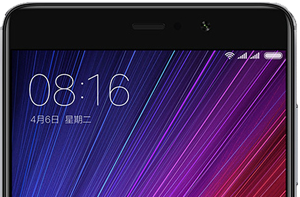



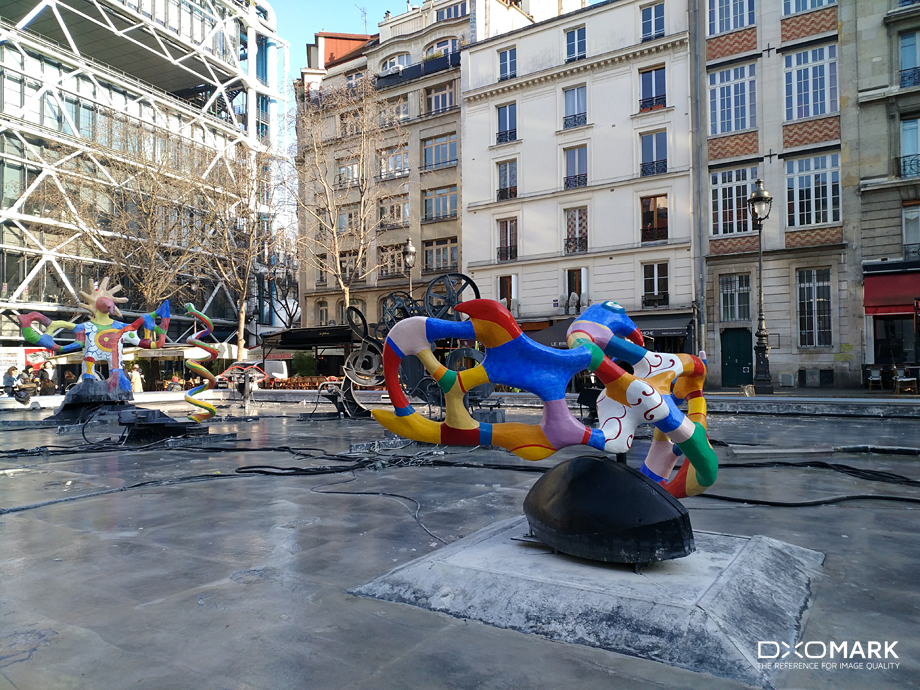
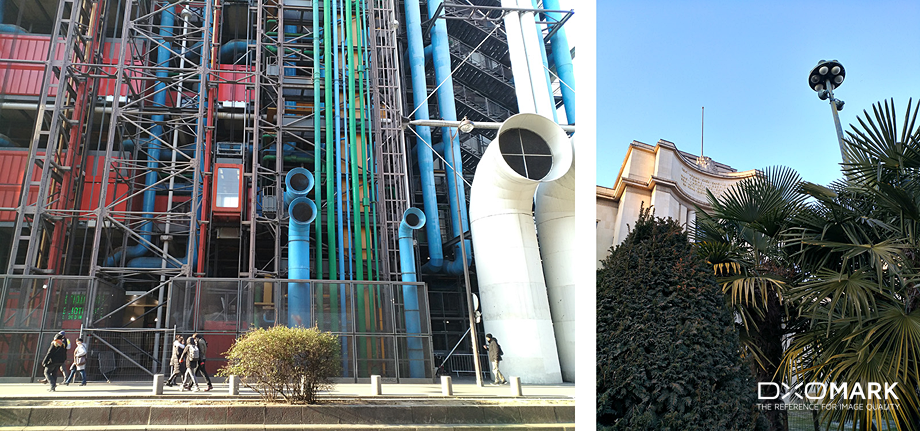
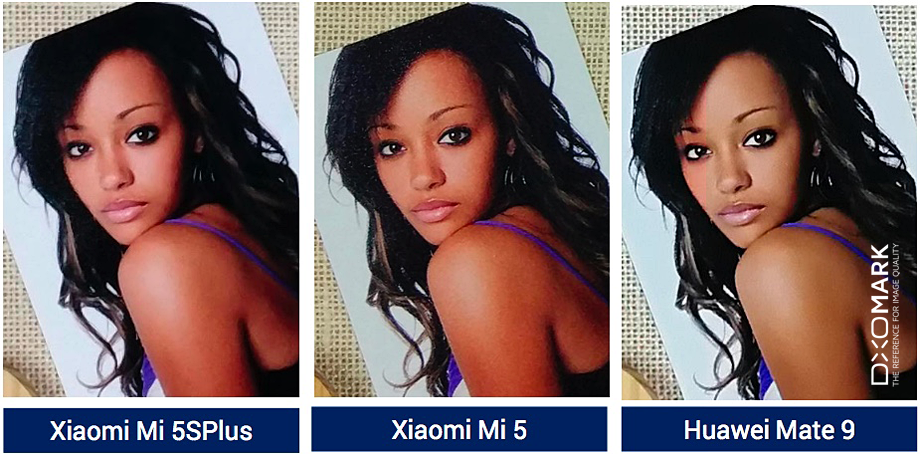

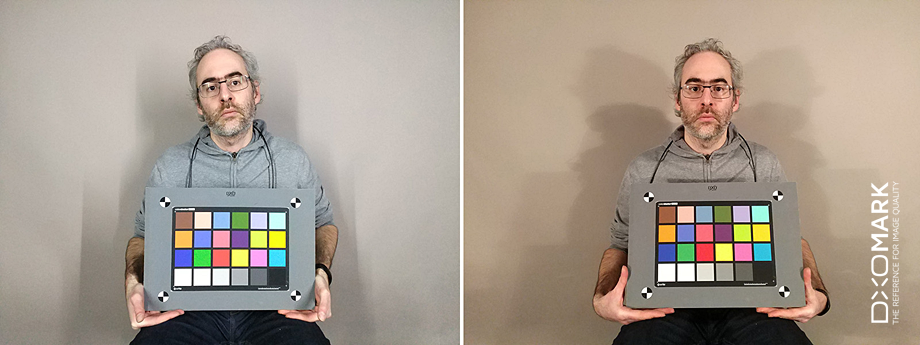
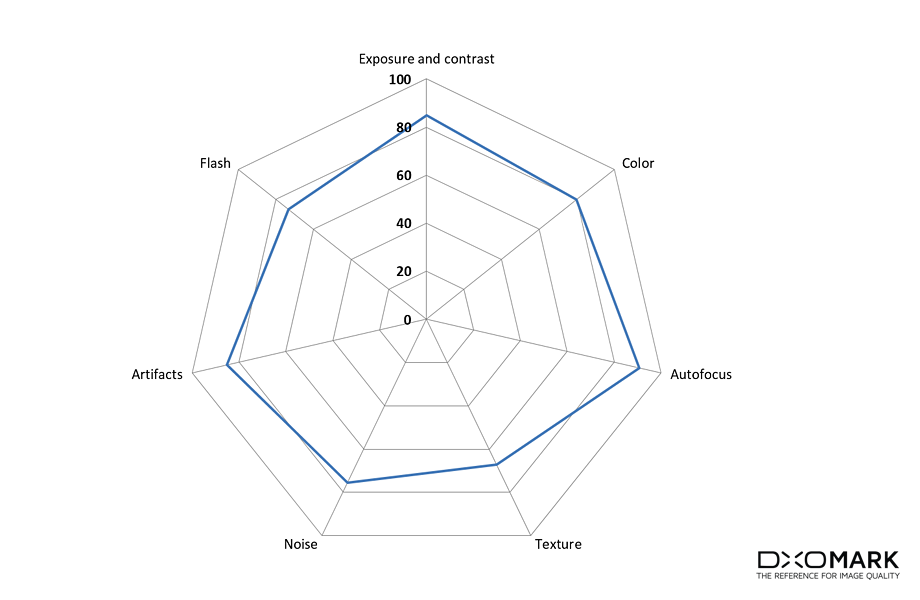
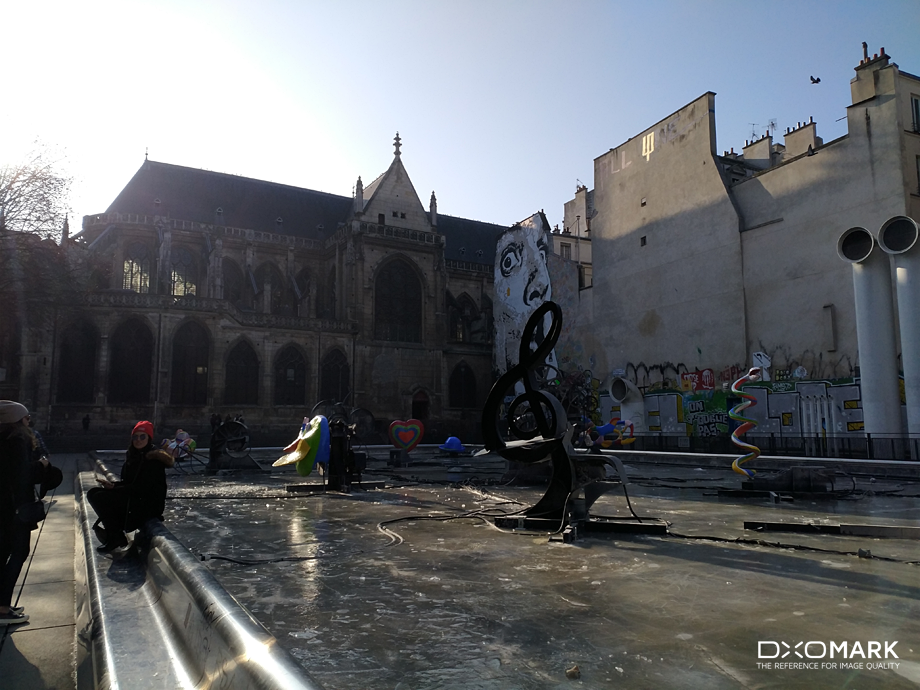

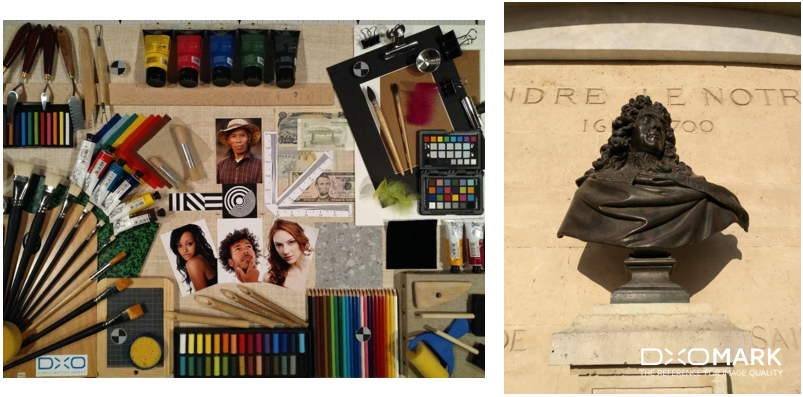


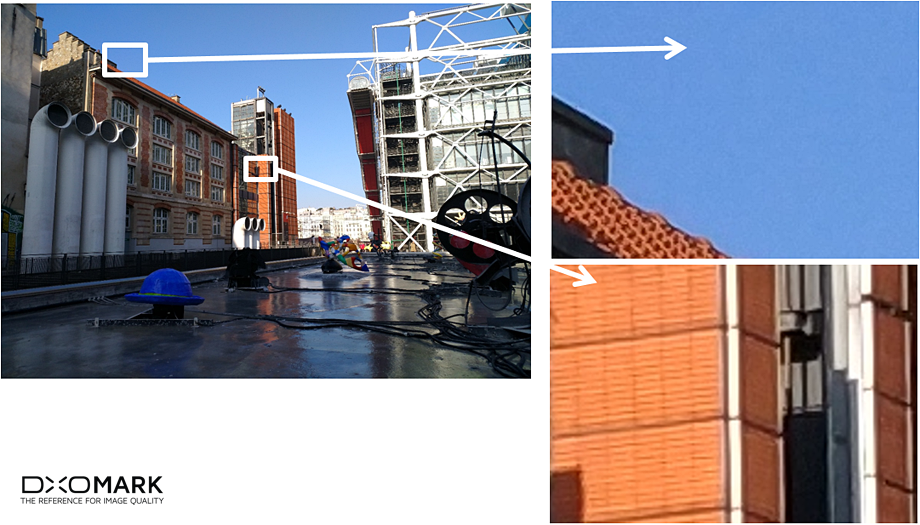
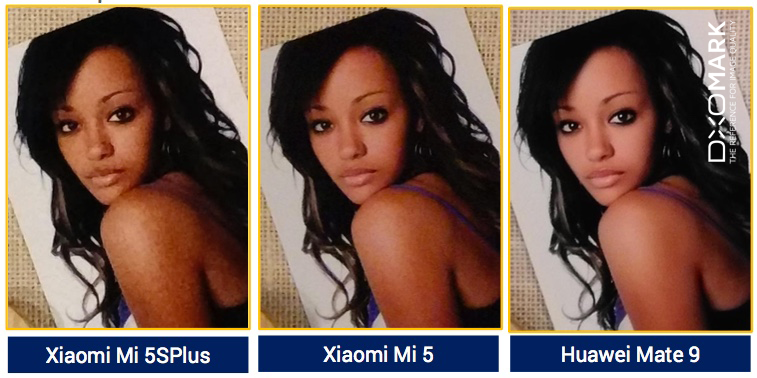
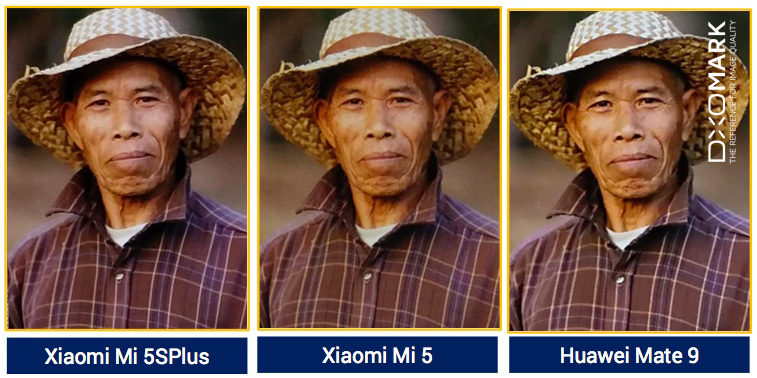
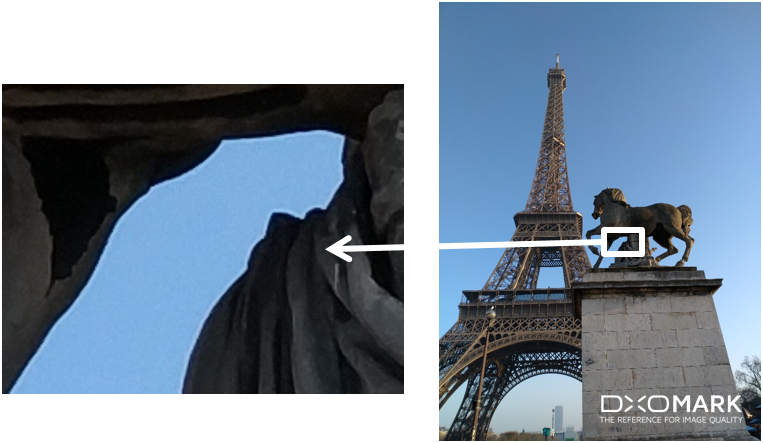

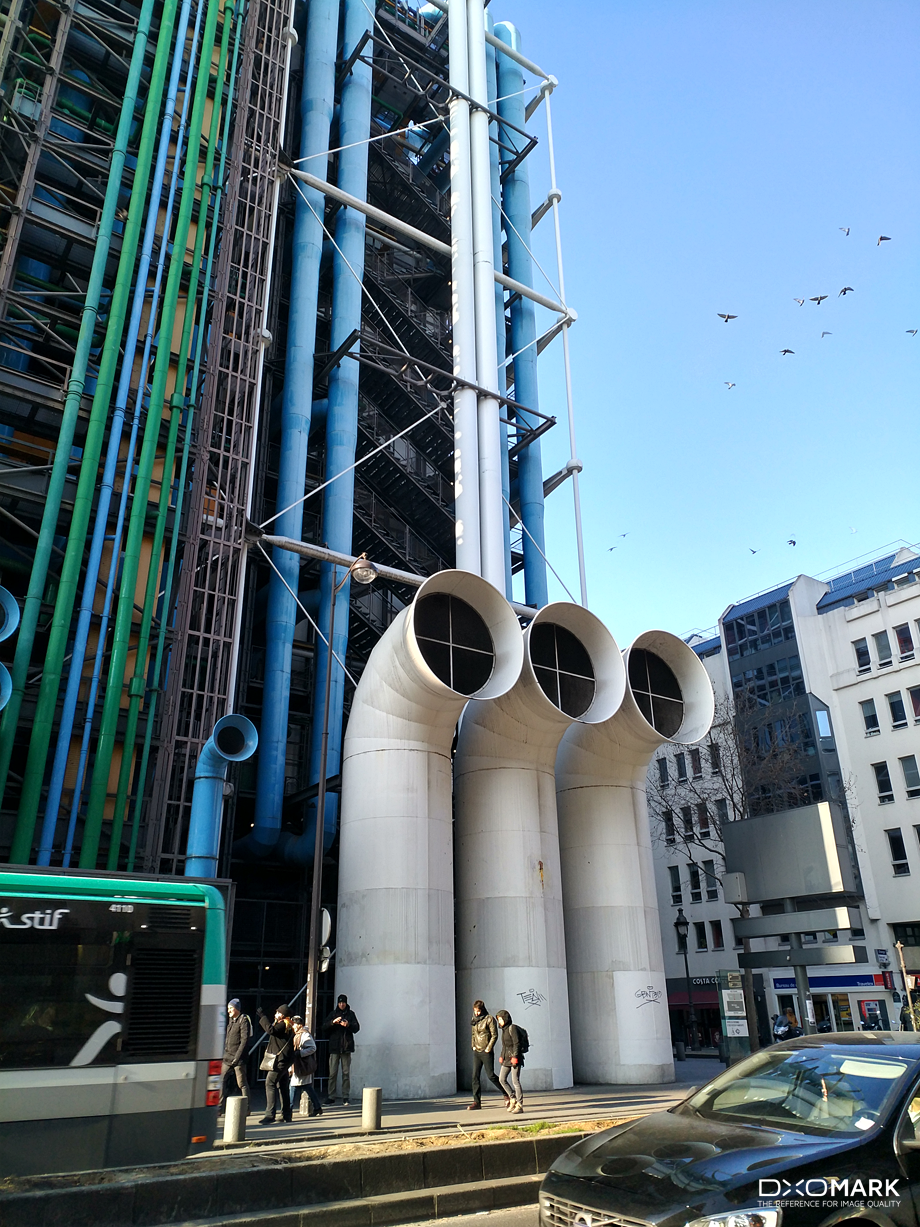
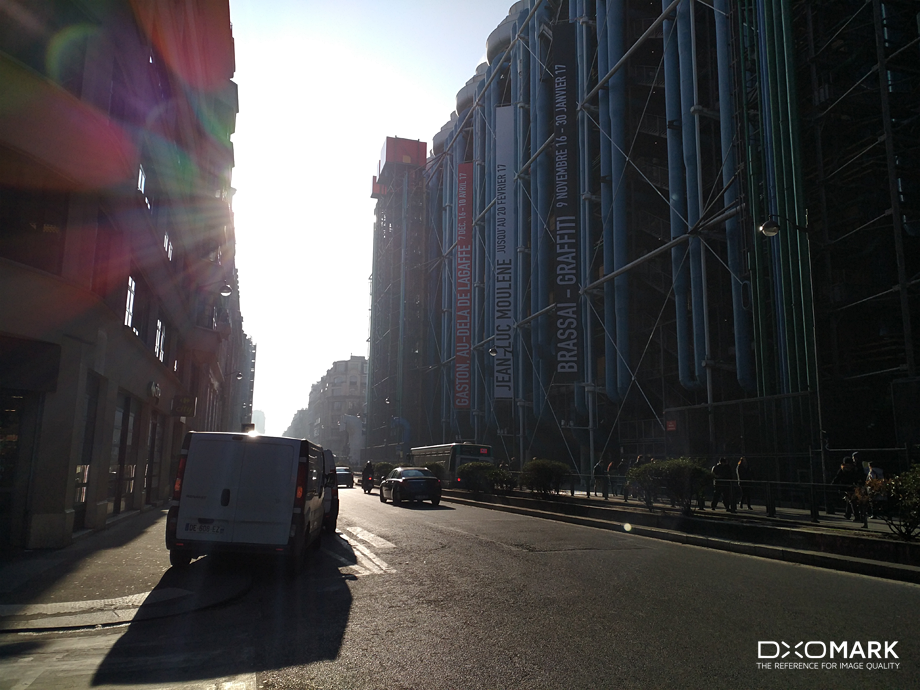
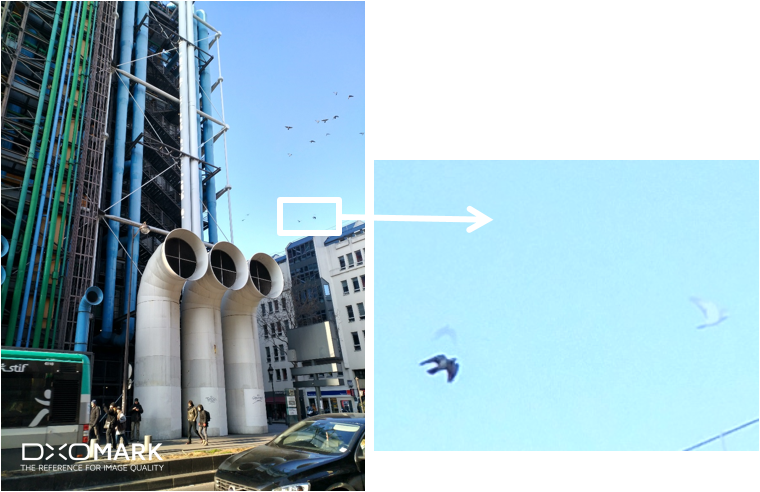
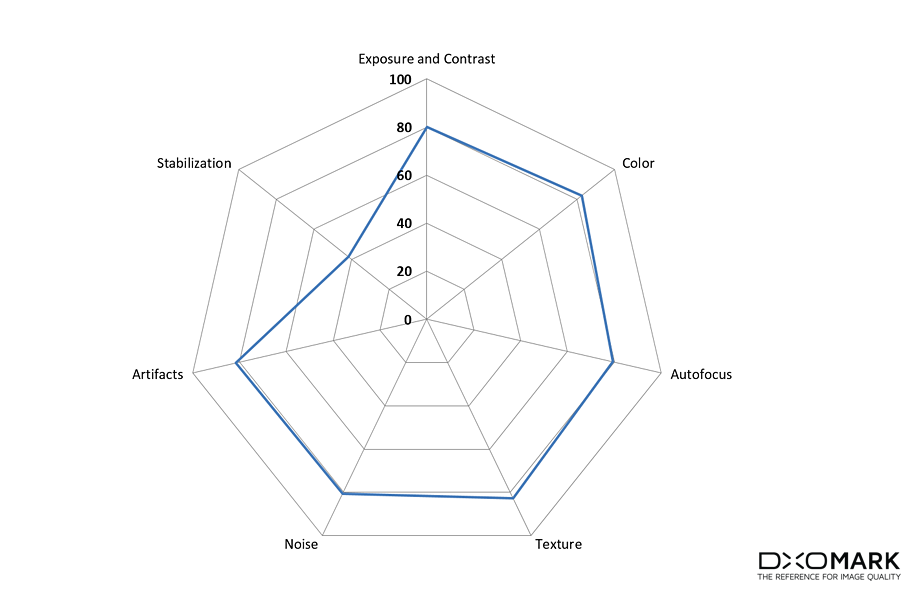

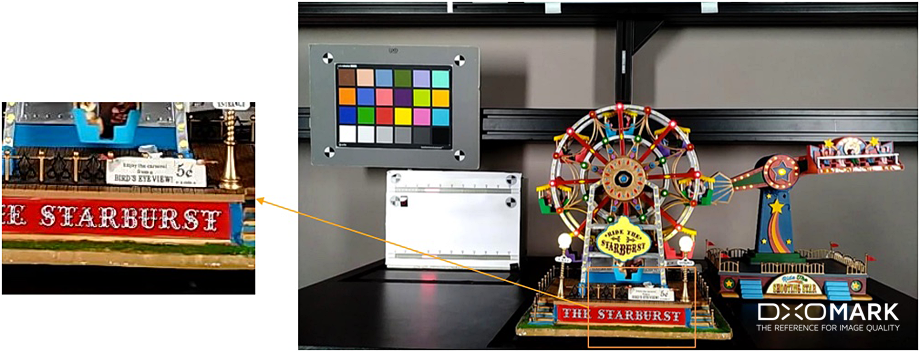
DXOMARK encourages its readers to share comments on the articles. To read or post comments, Disqus cookies are required. Change your Cookies Preferences and read more about our Comment Policy.